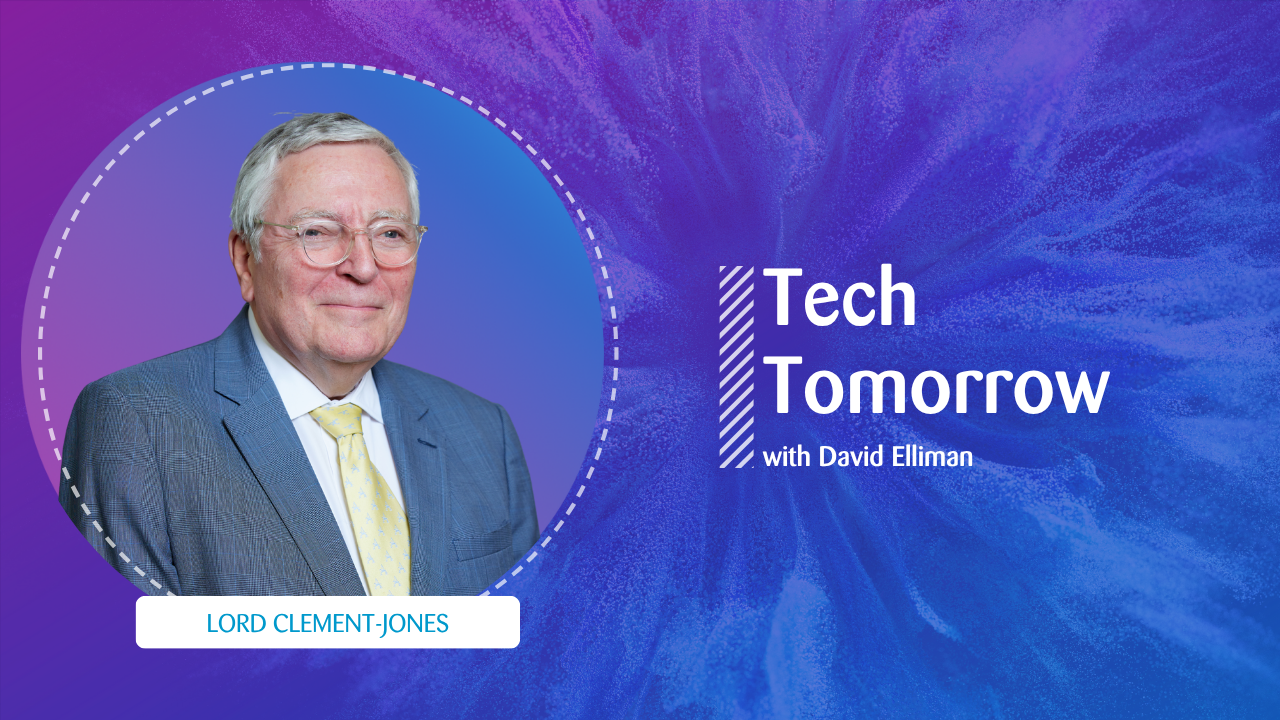Zühlke’s insurance study (only available in German), conducted with Zurich University of Applied Sciences (ZHAW) and Synpulse, examines the insurance needs and challenges of micro-entities and small businesses – from architects and bakeries to pet stores. These SMEs demand tailored solutions and prefer personalised advice, but they are also price-sensitive. In turn, insurance companies want to foster close customer relationships but are unwilling or unable to take on the cost required to implement effective personalisation initiatives. Therefore, this market remains underserved. An essentially similar situation can be seen in the B2C sector. So, how can the insurance industry overcome this dilemma? Innovative technologies such as generative AI offer a potential way out.
Using AI technology to automate and scale
Providing personalised advice and tailor-made offers to micro-entities and small businesses – both quickly and affordably – sounds like an impossible task. However, new and advanced data and AI technologies are opening up opportunities to develop relevant solutions. In the past, companies were able to use data-driven machine-learning methods for classification and prediction purposes. More recently, however, the extremely powerful capabilities of generative AI applications like ChatGPT have also come into play. Among other benefits, generative AI enables companies to communicate with their customers quickly, efficiently, and in a more personalised way.
Generative AI has long since ceased to be just a vision of the future and can already be used for various purposes in insurance companies. Here are some examples of the use cases generative AI can deliver in insurance:
- A summary of customer history and open issues can be generated by AI at the press of a button, ensuring a member of the sales team is perfectly prepared to visit the SME concerned.
- During the visit, an AI assistant can support customer interactions, keep a real-time log, and sug-gests alternative offers or topics of discussion that are relevant to the SME’s industry. As a result, the customer advisor can focus on the individual needs and situation of the business.
- New employees can use an AI training bot to simulate customer interactions to speed up the preparation process for the real meeting.
- AI systems can help underwriters by handling work steps, bundling information, and reviewing and organising documents. With automated underwriting, it is possible to draw up a list of re-quirements and provide a quotation in the same meeting.
‘Speech to text’ solutions can provide considerable added value in the insurance sector, particularly in customer-facing scenarios like claims processing. The diagram below illustrates key ways in which generative AI can help the claims processing team:

How can senior executives and directors get started with generative AI?
Examples like these show that innovative data and AI technologies have the potential to automate and scale personalisation efforts. This could solve the current dilemma for insurance companies in the micro-entity and small business segment.
At present, the development of modern generative AI models is in the hands of specialist companies. However, the technology is becoming increasingly accessible to other companies as well, including those in the insurance sector, which are adapting and enhancing the existing models or coming up with their own new ones.
The right mindset is important when designing such solutions. Since these processes involve interactions with customers, the focus should be on optimising how things are done rather than on general automation. The main aim is therefore to improve these processes for the target group by skilfully harnessing the strengths of people and machines. For example, this might mean letting customers decide whether they would like to discuss their issue with a human advisor or a bot. Transparency is important – the customer should always know whether they are communicating with a person or a machine and the advantages of both options.
The current task for directors, senior executives, and managers is to familiarise themselves with the technological aspects, existing restrictions, and detailed AI use cases in insurance. Which insurance-specific challenges could be addressed using generative AI? How should the ‘build or buy’ decision be handled? While several standard solutions are available, many of them are not customisable or scalable.
Therefore, it is worth starting by identifying smaller internal use cases, experimenting with them, and examining the lessons learned to gain as much experience as possible with this disruptive technology. Once the initial findings are available, it makes sense to integrate the use cases that have real added value into existing processes, connect the required systems, and train the relevant employees to use generative AI.




